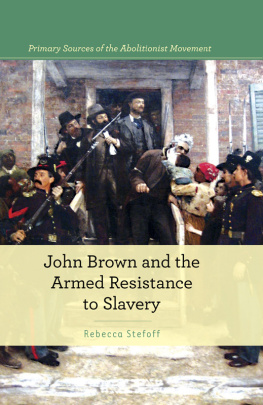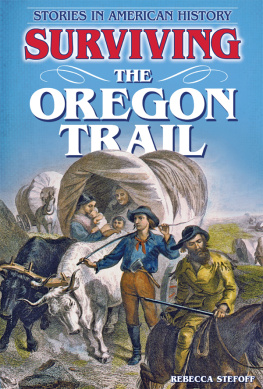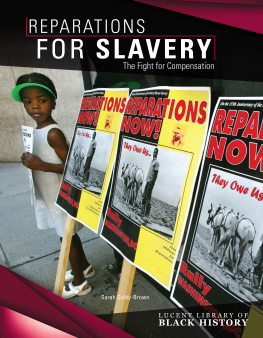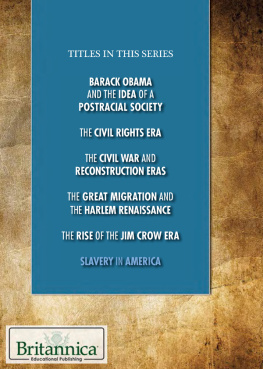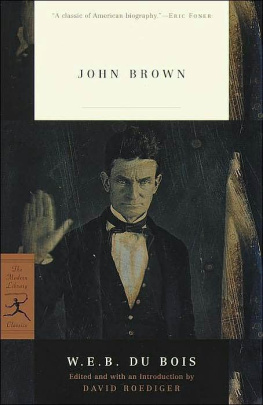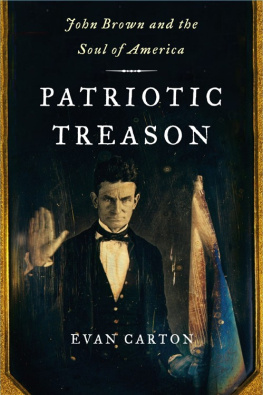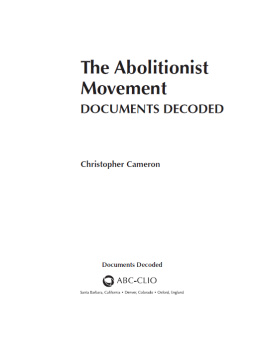Contents
Page List

Published in 2016 by Cavendish Square Publishing, LLC
243 5th Avenue, Suite 136, New York, NY 10016
Copyright 2016 by Cavendish Square Publishing, LLC
First Edition
No part of this publication may be reproduced, stored in a retrieval system, or transmitted in any form or by any meanselectronic, mechanical, photocopying, recording, or otherwisewithout the prior permission of the copyright owner. Request for permission should be addressed to Permissions, Cavendish Square Publishing, 243 5th Avenue, Suite 136, New York, NY 10016. Tel (877) 980-4450; fax (877) 980-4454. Website: cavendishsq.com
This publication represents the opinions and views of the author based on his or her personal experience, knowledge, and research. The information in this book serves as a general guide only. The author and publisher have used their best efforts in preparing this book and disclaim liability rising directly or indirectly from the use and application of this book.
CPSIA Compliance Information: Batch #WS15CSQ
All websites were available and accurate when this book was sent to press.
Library of Congress Cataloging-in-Publication Data
Stefoff, Rebecca, 1951
John Brown and armed resistance to slavery / Rebecca Stefoff.
pages cm. (Primary sources of the abolitionist movement)
Includes bibliographical references and index.
ISBN 978-1-50260-534-4 (hardcover) ISBN 978-1-50260-535-1 (ebook)
1. Brown, John, 1800-1859Juvenile literature. 2. Harpers Ferry (W. Va.)HistoryJohn Browns Raid, 1859
Juvenile literature. 3. Antislavery movementsUnited StatesHistory19th centuryJuvenile literature.
4. AbolitionistsUnited StatesBiographyJuvenile literature. I. Title.
E451.S848 2015
973.7116092dc23
[B]
2015006165
Editorial Director: David McNamara
Editor: Amy Hayes
Copy Editor: Cynthia Roby
Art Director: Jeffrey Talbot
Senior Designer: Amy Greenan
Senior Production Manager: Jennifer Ryder-Talbot
Production Editor: Renni Johnson
Photo Researcher: J8 Media
The photographs in this book are used by permission and through the courtesy of: Public domain/File:The Last Moments of John Brown, oil on canvas painting by Thomas Hovenden.jpg/Wikimedia Commons, cover; Wilberforce House, Hull City Museums and Art Galleries, UK/Bridgeman Images, 6; Public Domain/Augustus Washington, Hartford, CT/File:John Brown by Augustus Washington, 1846-7.png/Wikimedia Commons, 7; Look and Learn/Bridgeman Images, 9; Courtesy Library of Virginia, 12; Library of Congress, 13; Public Domain/File:Slave kidnap post 1851 boston.jpg/Wikimedia Commons, 15; Fotosearch/Archive Photos/ Getty Images, 19; Library of Congress, 20, 22; Chicago History Museum, USA/Bridgeman Images, 23; Library of Congress/ File:Frederick Douglass, head-and-shoulders portrait, facing right, ca 1850-1860.jpg/Wikimedia Commons, 25; MPI/Archive Photos/Getty Images, 27; Library of Congress, 28; Public Domain/Martin M. Lawrence/Library of Congress/File:John Brown portrait, 1859.jpg/Wikimedia Commons, 30; Avey, Elijah (The capture and execution of John Brown; a tale of martyrdom; by Elijah Avey, eye witness.)/File:The old Court House at Charlestown, Jefferson County, Virginia, where John Brown was tried; it stands diagonal across the street from the jail (1906).jpg/Wikimedia Commons, 31; Everett Historical/Shutterstock.com, 32; Library of Congress, 35; Public Domain/Edmond Bacot/File:Victor Hugo by Edmond Bacot, 1862.jpg/Wikimedia Commons, 36; Library of Congress, 39; Library of Congress (top), Public Domain/File:Harriet Tubman 1895.jpg/Wikimedia Commons (bottom), 41; Public Domain/Southworth and Hawes (American, active 18431863)/File:William Lloyd Garrison by Southworth and Hawes, c1850.png/ Wikimedia Commons, 42; Peter Newark American Pictures/Bridgeman Images, 43; Public Domain/NARA/File:Edmund Ruffin. Fired the 1st shot in the Late War. Killed himself at close of War., ca. 1861 - NARA - 530493.tif/Wikimedia Commons, 48; North Wind Picture Archives, 50; SNAP/Entertainment Pictures/ZUMAPRESS.com, 51; Bob Daemmerich/AFP/Getty Images, 53.
On the cover: On the way to his execution, John Brown kisses an African-American child.
Although this did not happen, the story became a legend.
Printed in the United States of America
CONTENTS
INTRODUCTION
Before the Fire
CHAPTER ONE
A Man with a Mission
CHAPTER TWO
From Bleeding Kansas to Harpers Ferry
CHAPTER THREE
On Trial
CHAPTER FOUR
His Soul Is Marching On
Before the Fire
J ohn Brown was born at the dawn of the nineteenth century and died on the eve of the Civil War. He is seen today by some as a hero and martyr, by others as a terrorist. His story raises questions that are as important now as they were in his day: How far should a person go to support a cause? Is it ever right to commit acts of violence, even murder, for a goal believed to be noble and just?
Brown fought to end slavery in the United States. His fight was part of a larger national struggle, one that had been building since the early days of the American colonies.
In 1619, twenty African slaves were sold to colonists at Jamestown, Virginia, to work in the colonys tobacco fields. Many more followed. Historians estimate that 11.5 million Africans were carried by force to the Americas between the sixteenth and nineteenth centuries. Although the majority went to the sugar plantations of South America and the Caribbean, every colony in North America had African slaves. They were most numerous in the South, where they toiled on tobacco farms, but enslaved Africans did much outdoor labor and household work in the North. Slavery in the United States took the form of chattel slavery, in which the law defines slaves as chattels, or property, with few or no rights.
During the eighteenth century a movement against slavery arose in Europe and North America. Some people opposed slavery on moral grounds, as a question of right and wrong. Not all of them believed that whites and blacks were equal, but they did believe it was wrong for one person to own another as property. They were outraged by the cruel and inhumane treatment suffered by many slaves.
Others opposed slavery for practical reasons. They argued that the work done by slaves should be done by free laborers. They also pointed to the history of violent uprisings by oppressed slaves. The thirteen North American colonies alone experienced more than 250 uprisings. Each was crushed, but each added to the fear that blacks would turn on whites. That happened in 1791 in the French colony of Saint-Domingue in the Caribbean. Slaves rebelled, burned plantations, killed whites, and even defeated a French army. The colony became the free black nation of Haiti in 1804.
Slavery also had a political dimension. In 1776, the English colonies of North America issued their stirring Declaration of Independence from Great Britain, saying: We hold these truths to be self-evident, that all men are created equal. The newly created United States championed equality and libertybut allowed slavery. This contradiction troubled some Americans.

Am I not a man and a brother? asks a British antislavery painting from the eighteenth century.

